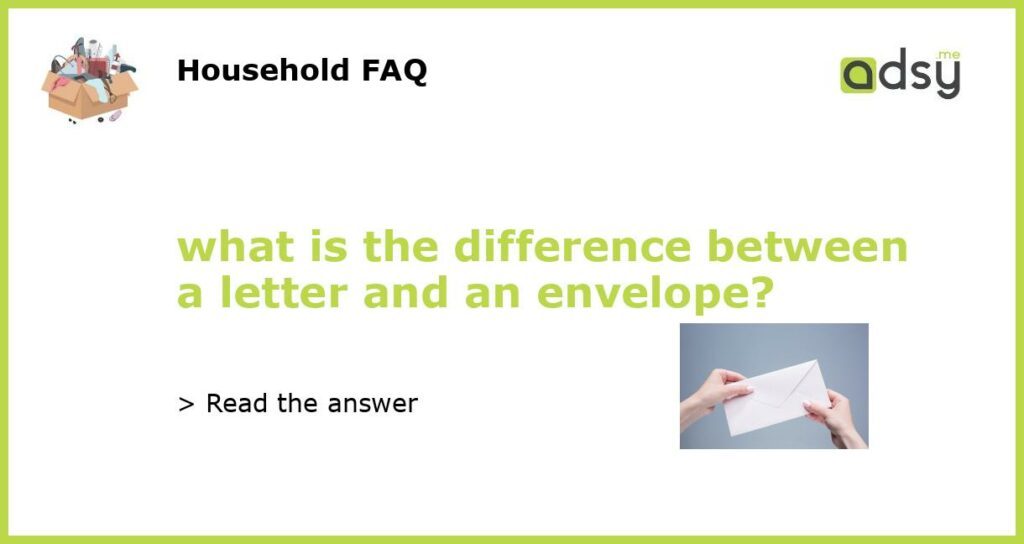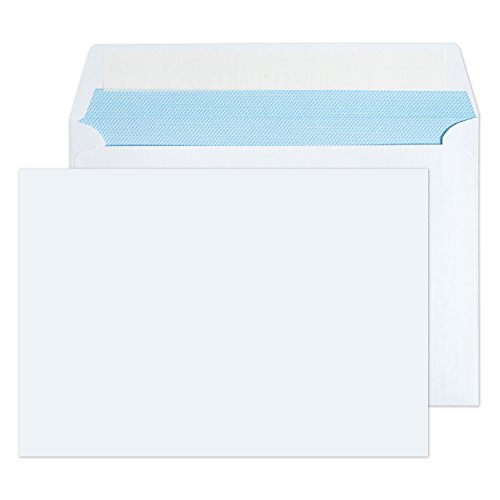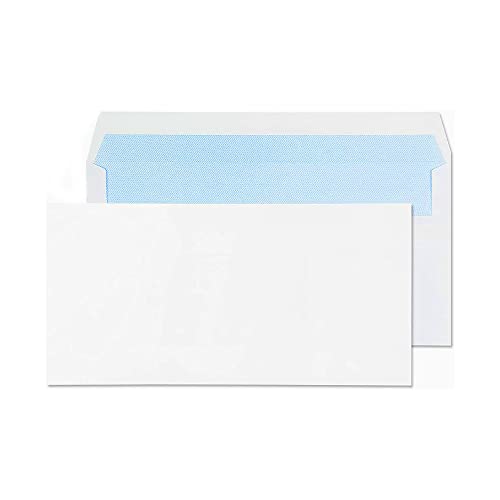The Definition of a Letter and an Envelope
A letter and an envelope are two stationery items commonly used for communication purposes. A letter is a written or printed document used to communicate information between two parties. An envelope is a paper covering used to protect the letter during handling and transportation.
The Components of a Letter
A letter typically includes a salutation, body, and closing. The salutation is a formal greeting that addresses the recipient, while the body contains the message and the closing offers a polite conclusion. A letter may also feature a date, return address, and signature.
The Types of Envelopes
Envelopes come in various sizes, shapes, and materials. The most common types of envelopes include the standard business envelope, the window envelope, the security envelope, the padded envelope, and the bubble mailer.
The Benefits of an Envelope
Envelopes serve as an essential tool for communication because they provide an added layer of security and protection to the letter. The envelope also gives the sender the option to decorate or personalize the packaging to make the letter more memorable and distinctive. Additionally, envelopes can be used to send various items beyond letters, such as photos, invitations, or legal documents.
The Significance of Stationery in Today’s Digital Age
In an era of technology and instant messaging, stationery items like letters and envelopes have lost their popularity. However, handwritten letters remain a timeless and cherished form of communication, as they evoke emotion and show the recipient that the message was worth the extra effort and time. In a world where people receive hundreds of emails and texts every day, a handwritten letter can make a lasting impression and create a memorable experience.






